|
This past September, I toured the Côtes de Bordeaux region in France and had the opportunity to meet with many estate owners throughout its five appellations. Not only were the wines a treat for my palate, but the down-to-earth enthusiasm and passion for the land and all things wine were a constant presence and a joy to experience. My last day of this magical tour was with the Rey family, owners of Domaine des Graves d’Ardonneau. The fog was dense, and the air held an odd mixture of sweet blooms and smoke drifting from the fires burning in Bordeaux, but I was excited about the visit and ready to embrace this last adventure before returning home. Most of my time at Domaine des Graves d’Ardonneau was spent with Fanny Rey, whose primary role is export manager, although she likes to call herself a “poly worker.” In addition to export management, traveling, and arranging wine tastings, she works in the vineyards, helps her older brother in the cellar, and even drives the forklift. “I go where I’m needed,” Fanny said. She also divulged that she studied opera and International Business before returning to the Domaine in 2008. Fanny: “My brother knew at age seven that he wanted to be a winemaker. I didn’t want to be in the business and needed to explore other options. While away, I gained an appreciation for wine. Eventually, I realized that family, history, and heritage are important. It’s better at home.” When I asked Fanny what generation she is, she answered, “I don’t know exactly. We go back to the 18th century, but I am 4th or 5th generation for sure!” Domaine des Graves d’Ardonneau dates back to 1763. A legal document dated January 15th, 1763, proves that the family was settled here. Fanny: “Originally, it was a small village with five families. Little by little, my great-grandparents bought the existing houses and now it is just our family.” Fanny’s parents, Christian and Pascale, live at the Domaine, and Fanny and her brother Laurent live in their own homes nearby. Laurent studied at the Faculty of Oenology in Bordeaux and joined the Domaine in 2006 as a winemaker. Being is a family affair, everyone was busy, so it was catch as catch can with taking photos! Fanny explained more about the family’s history. Fanny: “Our history began with a woman. The maternal side was the strength of the family through several generations. This is important because it was usually passed from father to son, but not in our family. For generations, the business passed from mother to daughter. It wasn’t until my grandmother gave birth to my father that it changed.” I asked if any of the women made wine. Fanny. “There were no women winemakers in my family, but they helped in other ways. At one time there was a belief in France that if you allowed a woman in a wine cellar, it would not be good, and the wine would spoil. But, of course, that belief does not exist today!” And who makes the wine today? Fanny: “My grandfather, Simon, who passed away about 25 years ago, made wine. Now my father and brother are the winemakers, but mostly my brother. My grandfather (Simon) was called a heretic because he always harvested the grapes after everyone else, at least 15 days later. He said, “A good mature fruit will make a good wine. A good grape is one you want to eat.” That tradition is still used today with our harvesting. My grandfather felt it was important to go beyond what everyone else was doing. He came from Spain and began working in the Bordeaux area when he was 14.” Simon eventually met Huguette, daughter of Germaine and Remi, and once married, they worked together, expanding the domain in Huguette’s family. Sadly, Huguette passed away two days ago, shortly before this article was published. Simon named the domaine in the 1970s. And the first bottle of wine was produced under the Domaine des Graves d’Ardonneau label in 1973. Fanny: “Little by little, the wine business grew, and my grandparents began to bottle the wine and sell it in France. In 1982, my parents joined them, and they began selling the wine outside of France.” The domaine is located in Blaye, the largest of the five appellations in Côtes de Bordeaux. Blaye covers 6500 hectares located on the Gironde Estuary. The majority of vineyards here are cultivated on hillsides benefiting from ample sunshine conditions with a primarily temperate climate and a maritime influence. These fruit-forward wines also benefit from the rich terroir, with mostly clay-limestone soil around the town of Blaye. To the north, sand and gravel are suitable for Sauvignon Blanc, and more varied soils are in the southeast. Each estate is about 15 hectares, and red wine production dominates. Domaine des Graves d’Ardonneau is the exception to the rule regarding owning land in Blaye. What once was just a farm with less than ten hectares of vineyards, cereal grains, cows, chickens, and barrel making, is now 70 hectares of vineyards and an additional 30 hectares of land made up of surrounding forest to preserve the biodiversity in the vineyards. The average age of vines is about 30 years, with the oldest vines over 50 years old. They have an HVE-3 certification (high environmental value), the highest level given in France for the entire farm operation. Fanny: “We respect nature and use chemicals sparingly and with strict restrictions. Five weeks before harvest, no spraying is allowed on the vines. The chemicals used are so precise only small insects are affected. Everything else is untouched and unharmed.” The soil is clay and gravel at the top of the hills, and on the sides of the hills, it is clay and very powdery limestone. Fanny explained that when the soil is very dry, the limestone hardens like stone and helps to retain heat during the night. The valley has well-drained sandy soils. Below is a photo of the hardened limestone with copper inside. It is pretty heavy! The vineyards are comprised of the following grape varieties. White wines Sauvignon Blanc 9.70 hectares Colombard 0.06 hectares Red Wines Merlot 47.50 hectares Cabernet Sauvignon 5.10 hectares Cabernet Franc 1.50 hectares Malbec 0.50 hectares Domaine des Graves d’Ardonneau has 12 wines in its portfolio, two dry whites, four reds, one rosé, one sweet, three sparkling, and one limited edition. Their flagship white is a 100% Sauvignon Blanc, and they have two flagship reds, Cuvée Tradition, and Cuvée Prestige. We tasted four wines. Sauvignon Blanc 100% Five months in stainless steel vats. Aromatic, good acidity, fresh and well-balanced. Cuvée Prestige White 90% Sauvignon Blanc 10% Colombar Fermented in oak barrels and aged for eight months in new oak barrels. Very aromatic, complex and dry, with subtle tropical notes and white stone fruit. Cuvée Prestige AOC Red 80% Merlot, 10% Cabernet Sauvignon, 10% Malbec Aged 18 months. 30% in new oak and 70% in used oak. Full-bodied, light, and fruity with spice, cherry, dark fruit, nice acidity, and a touch of sour cherry on a long finish. Grand Vin AOC 65% Merlot, 25% Cabernet Sauvignon, 10% Malbec This special cuvée is not made every year. It is aged for 18 months in new oak barrels. A beautiful bouquet, concentrated and fruity with smooth tannins. These wines are worth seeking out. Check online to see where you can purchase them! Fanny talked about climate change and its impact on winemaking. Fanny: “Blaye is protected from many climate change issues, such as hail and frost, because we are close to the river. My father likes climate change because the grapes can mature longer. The intense heat began in the summer of 2003. We had some good years and some bad years. In 2007 we needed to take a different approach. We were observing three different levels of maturation on a vine. So we bought a sorting machine that senses and weighs the grapes, selecting only the mature grapes. This ensures a good quality wine. Concerning the lack of water, it is difficult, but we are lucky here because again, we are close to the river which provides microclimate conditions. But vines can still experience hydric stress. Our up-to-date technology makes it easier to address any issues. Blends will have to change because grapes are producing higher and higher sugar levels, especially Merlot.” Before ending the visit, Fanny drove me a short distance to walk in the vineyards and see their mill dating back to the 18th century. We climbed to the top of the mill, and I was greeted with breathtaking views of 20 hectares of vineyards and beyond. A video taken from the top of the mill is below, followed by a slideshow. The Domaine’s average production is 350,000 bottles/per year. 65% is sold in France, and the rest is mainly distributed in Europe, with a small presence in the USA, which they hope to change.
Fanny: “Our objective is to keep the quality high, prices low, and increase our volume.” Domaine des Graves d’Ardonneau’s motto: “A family…A passion…The expression of a terroir.” Until next time… Cheers! Penina All photos for this article are by Penny Weiss and copywrited. To leave a comment or if you have an inquiry, please contact me at [email protected] This month brings treats from Côtes de Bordeaux! Château Biac is a stunning estate overlooking the Garonne River in Cadillac Côtes de Bordeaux. The estate’s origins date back to the 17th century and has passed through several hands over the years. Today it is owned by the Asseily family, who purchased the property in 2006 I had the pleasure of visiting Château Biac a few months ago, and an article about this delightful family and their impressive wines will be coming soon! In the meantime, let me tease you with their sweet wine and a paired recipe straight from Youmna Asseily’s kitchen. Secret de Château Biac 2012 “Secret de Château Biac is the summer song of the vineyard: the tune you hum when you are happy….” Château Biac This seductive sweet wine is made with 99% Semillon, and 1% Sauvignon Blanc harvested from the estate vineyards where they practice sustainable viticulture. It is made in the traditional Sauternes method and aged 14 months in French oak barrels. Nose: Floral notes, apricots, white stone fruit, sweet spice, vanilla. Palate: An elegant wine with spiced apricot, honey, white peach, cinnamon, and a hint of pear. Alcohol: 13% SRP: $89 Serve chilled. Youmna recommends pairing the wine with this delectable soufflé. Soufflé Au Fromage
Ingredients for four servings: 45 g butter (1.6 oz) 30 g flour (1/4 cup) 300 ml milk (10 oz) Salt and freshly ground pepper Pinch of grated nutmeg 1 tablespoon of Dijon mustard 4 egg yolks 6 egg whites 75 g grated cheese (2.6 oz) 1 tablespoon grated cheese *The best cheese for this soufflé is a mixture of Parmesan (1/3) and tangy Emmenthal (2/3) Instructions: 1.25 litre capacity soufflé dish (5.2 cups) Butter the soufflé dish well; sprinkle with plain breadcrumbs. Melt the butter in a saucepan, stir in the flour, cook until foaming, and pour in the milk. Bring the sauce to a boil, stirring; season with salt, pepper, and nutmeg and simmer for 2 minutes. Take the pan from the heat, stir in the mustard, and beat the egg yolks into the hot sauce, so it thickens. Let it cool slightly, stir in the grated cheese, and taste for seasoning. The mixture should be highly seasoned. The soufflé can be prepared 3-4 hours ahead up to this point. Rub the surface of the cheese mixture with butter. To finish soufflé, set the oven to very hot, 400º. Whip the egg whites until stiff. Heat the cheese mixture until it is hot to the touch. Do not heat too much, or the cheese will cook into strings. Add about a quarter of the egg whites and stir until well mixed. Add this mixture to the remaining egg whites and fold together as lightly as possible. Pour the mixture into the prepared soufflé dish and smooth the surface. Sprinkle with the tablespoon of cheese and bake in the heated oven for 30 – 35 minutes or until the soufflé is puffed and brown. (it is better to check it after 20 minutes and then every 5 minutes until you are sure of your oven; of course, leave the oven door closed. This wine and recipe are perfect for the upcoming holidays and all year round! Bon Appétit and Cheers! Penina To leave a comment or if you have an inquiry, please contact me at [email protected] When one thinks of wine from Bordeaux, it is often the Left Bank with its famous châteaux and many high-priced wines. However, another renowned winemaking region in Bordeaux is the Right Bank, and one to keep an eye on. Although the Right Bank is famous for its Pomerol and Saint-Émilion appellations, there is another wine region to explore here, the Côtes De Bordeaux. It, too, has its centuries-old history, impressive and historic châteaux, and fortresses. Yet, these palate-pleasing and easy-drinking wines are more wallet-friendly and offer some of the best values for quality wine in Bordeaux! Some of the oldest wine areas in Bordeaux exist in this rural region with its gently rolling hills and fields of endless vineyards. The Left and Right Bank are separated by the Gironde Estuary that splits into the Dordogne and Garonne rivers. From the air, it looks like an upside-down” Y” with the Right Bank to the north and right of the Garonne River and the Left Bank to the south and left of the Garonne River. Bordeaux has approximately 111,200 hectares of vineyards and is France’s largest AOC. And at the “heart and soul” of this AOC is Côtes De Bordeaux, comprised of five appellations and over 12,000 hectares (97% planted to red) which is roughly 13% of the Bordeaux vineyard area. The appellations are Blaye Côtes de Bordeaux, Cadillac Côtes de Bordeaux, Castillon Côtes de Bordeaux, Francs Côtes de Bordeaux and Sainte-Foy Côtes de Bordeaux. With over 950 producers here, there is a lot of diversity geographically and in the wine. The Union des Côtes de Bordeaux was formed in 2007 and has grouped these five appellations under one banner called the AOC Côtes de Bordeaux. Its mission is to “improve product recognition by putting the name of the terroir “Blaye, Cadillac, Castillon, Francs or Sainte-Foy” before the common family name “Côtes de Bordeaux,” thereby promoting the personality and typical character of each of the wines.” In 2009, the new AOC “Côtes de Bordeaux” was officially born. Many small family-owned estates in Côtes de Bordeaux date back countless generations. Most embrace sustainability and practice biodiversity, biodynamic and organic farming with an ever-present eye on climate change. A young and enthusiastic new generation, both women and men, are bringing fresh and creative ideas to improve production with new methods and techniques that benefit the grape journey from the vineyard to bottling while working alongside the older generations and never losing sight of respecting and maintaining tradition. Principle Grape Varieties of Côtes de Bordeaux (slideshow photos credit: Penny Weiss) Red: Merlot Cabernet Sauvignon Cabernet Franc Petit Verdot Malbec Carménère White: Sauvignon Blanc Semillion Muscadelle Sauvignon Gris Below is an overview of the five appellations, which all benefit from the proximity to the Atlantic Ocean, Gironde Estuary, and the Dordogne and Garonne rivers. (slideshow photos credit: Penny Weiss) Blaye Côtes de Bordeaux This is the largest of the five appellations located on the Gironde Estuary, covering 6500 hectares. The majority of vineyards are cultivated on hillsides benefiting from ample sunshine conditions with a primarily temperate climate and a maritime influence. These fruit-forward wines also benefit from the rich terroir, with mostly clay-limestone soil around the town of Blaye. To the north, sand and gravel are suitable for Sauvignon Blanc, and more varied soils are in the southeast. Each estate is about 15 hectares, and red wine production dominates. Castillon Côtes de Bordeaux Castillon is the second largest appellation with approximately 2300 hectares, and the average estate is 10 hectares. The soils and climate differ from the other appellations, with more gravelly soils near the Dordogne river, clayey at the foot of the hillsides that become a mix of clay and limestone, and finally, limestone on the mountain plateaus. Vineyards benefit from a privileged geographical location with a south-facing exposure and an uneven altitude of more than 100 meters. The climate is oceanic and oriented toward a Continental-trend. These fruit-driven wines with soft tannins are similar to their neighbor Saint-Émilion as they share the same limestone plateau. Cadillac Côtes de Bordeaux As you can see from the map above, Cadillac, pronounced “kad-e-yak,” is an elongated band that follows the Garonne River. With approximately 2200 hectares in this appellation, the average estate has 11 hectares. This is a red-only appellation with Merlot dominating, and it is one of the only Bordeaux appellations that require bottling at the château. The terroir consists of calcareous soils covered with gravelly stones on the summits, clay-limestone in the middle of the slope, and fine gravel mixed with silica at the foot coasts. The Garonne River contributes to the uniqueness and well-structured wines of Cadillac Côtes de Bordeaux, thanks to the local temperate climate that it generates. Francs Côtes de Bordeaux Francs is a small appellation with approximately 435 hectares and some of the highest altitudes in Côtes de Bordeaux. The average estate has 10 hectares. Although red wines dominate, Francs also produces white and sweet wines from botrytized grapes. As with Castillion, Francs has a common bond with its neighbor, Saint-Émilion, as they share fossil-rich limestone-clay soil. It is a dry and harsh continental climate in winter and warm in summer, with vineyards to the east on high sunny hillsides, making it ideal for grape-growing. Sainte-Foy Côtes de Bordeaux This is the smallest appellation, with approximately 350 hectares and about nine hectares per estate. This appellation, along with Francs, produces primarily red in addition to white and sweet wines. It is a diverse appellation with deep soil of mostly clay soil limestone, as well as river edge gravel. This appellation benefits from a fairly temperate climate with a continental trend. To repeat, “the wines of Côtes de Bordeaux offer some of the best values for quality wine in Bordeaux.” The reds are fresh, fruit-forward, elegant, rich with juicy fruit, round, and structured. The whites tend to be dry, fruity, and lively, with hints of tropical notes while developing depth over time. And sweet wines are elegant, fresh, and perfectly balanced with acidity and richness. Many of these wines have good aging potential but are ready to drink now. They can be enjoyed as an aperitif or served with your favorite food. All of the wines that I tasted are very food-friendly! (slideshow photos credit: Penny Weiss) So, the next time you want to drink Bordeaux wine, think “right” and make Côtes de Bordeaux your go-to wine! Your palate and wallet will thank me!
I will explore a few Cotes de Bordeaux wineries in the coming weeks. Stay tuned! Until next time… Cheers! Penina To leave a comment or if you have an inquiry, please contact me at [email protected] |
Categories
All
|

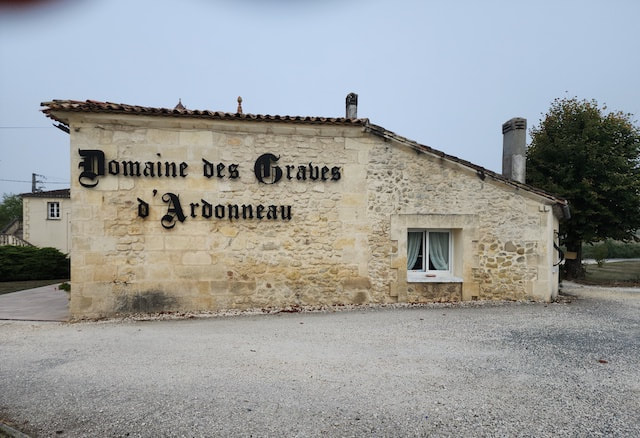
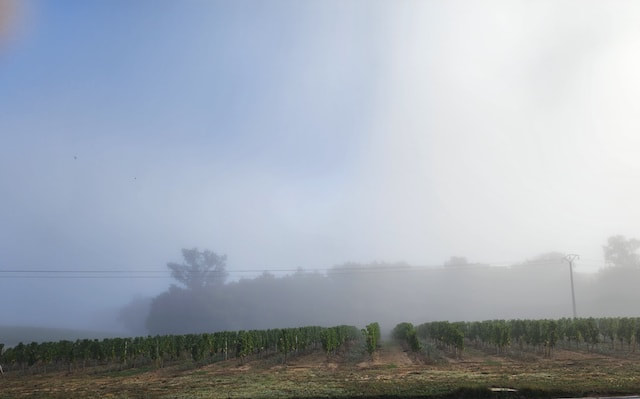
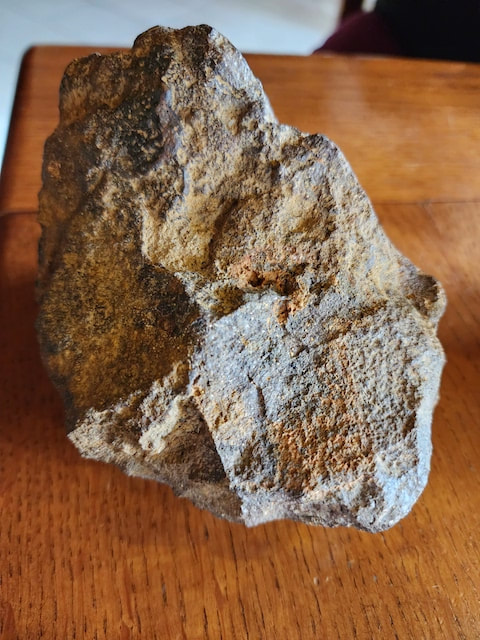
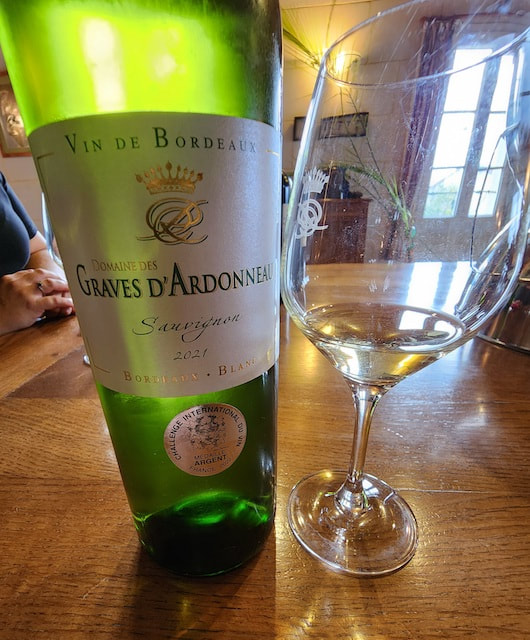
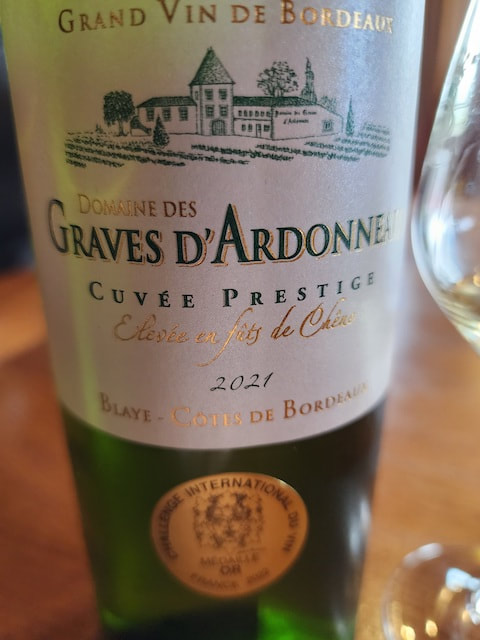
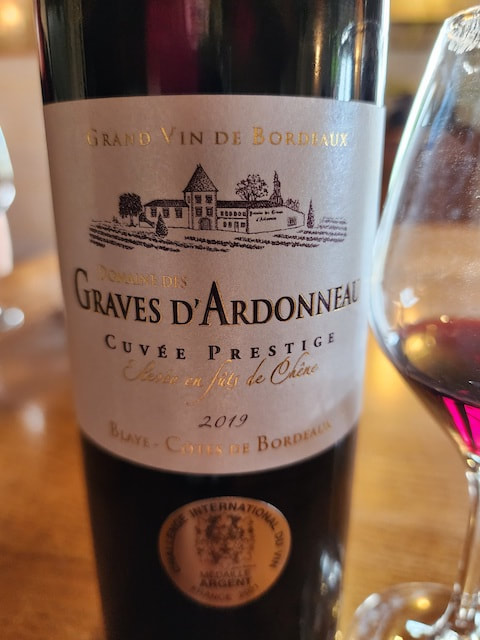
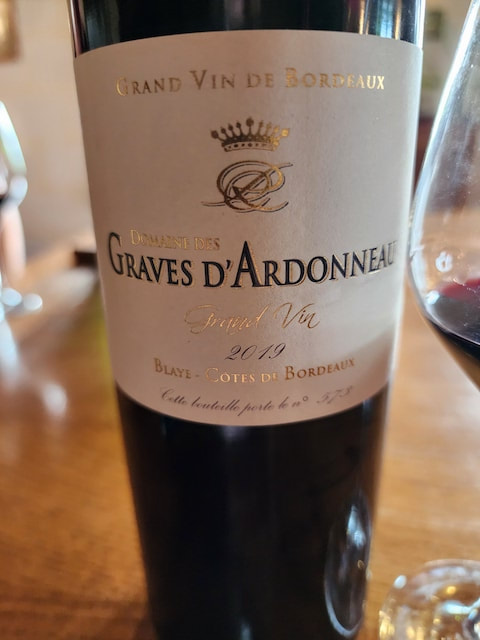
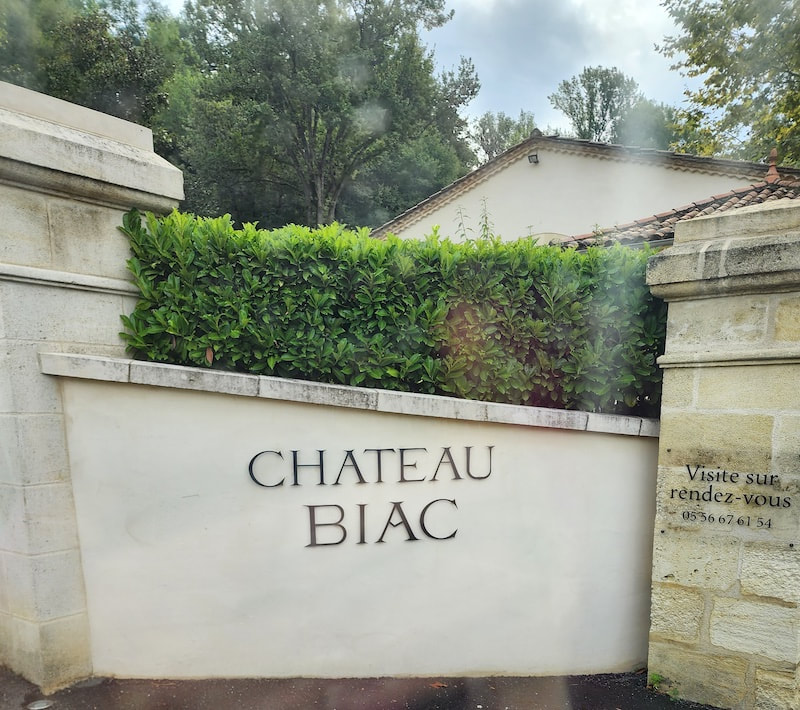
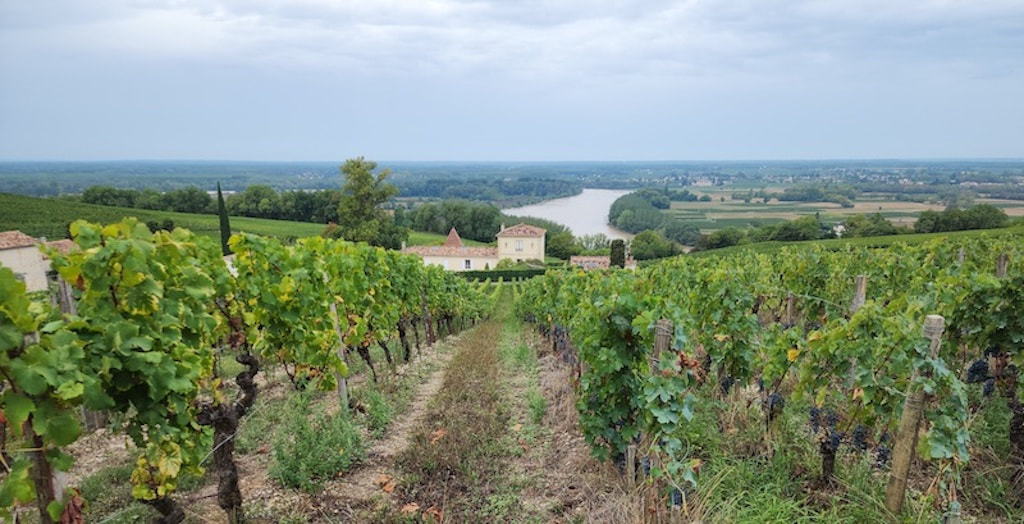

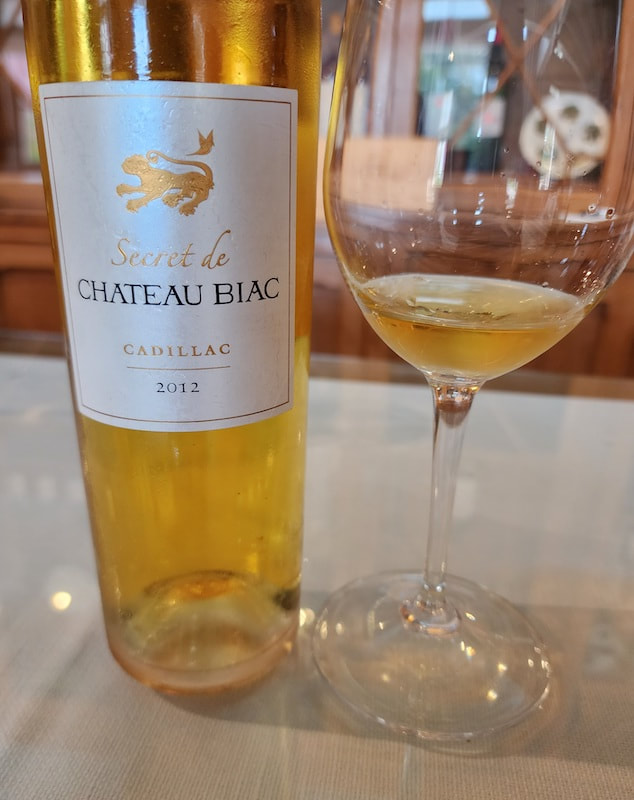
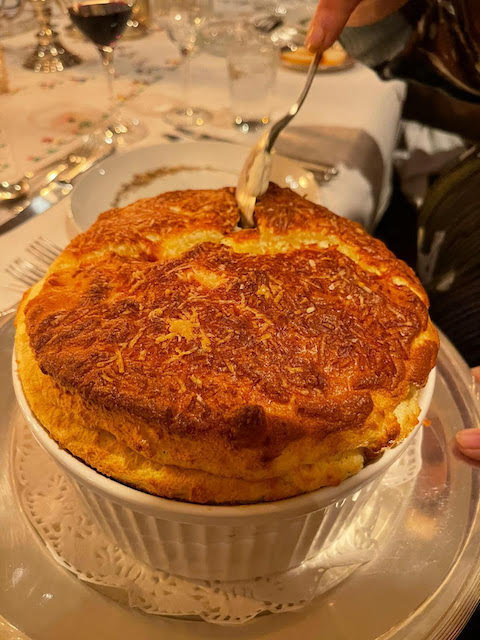
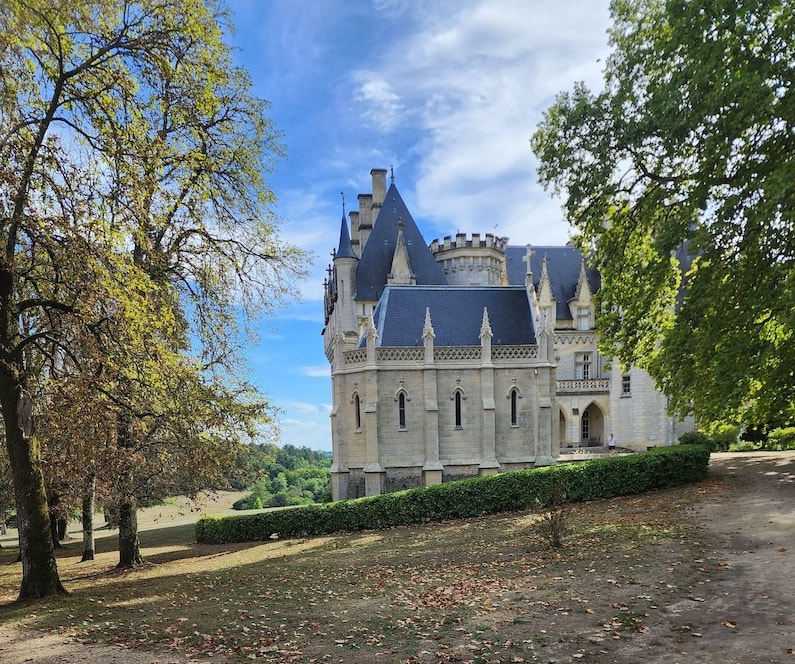
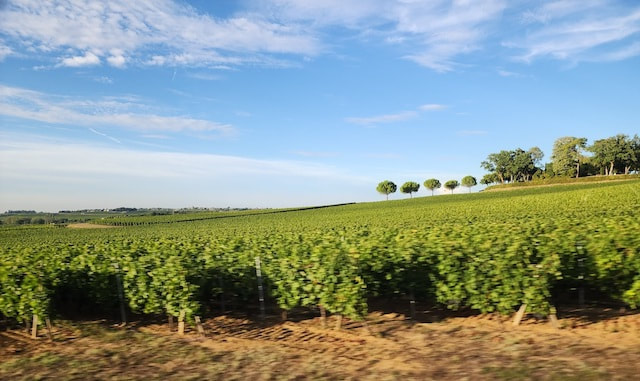
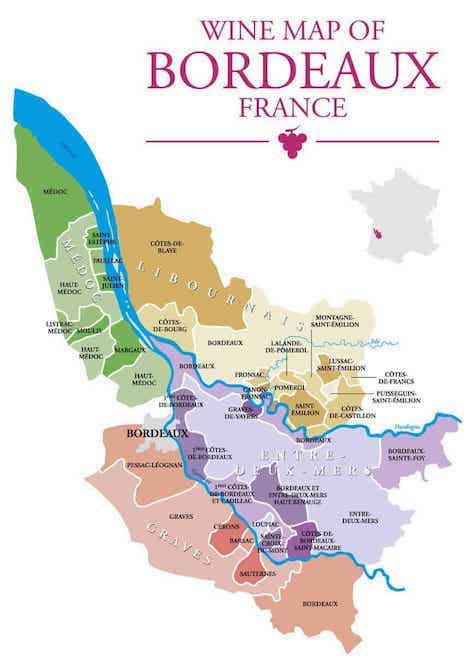
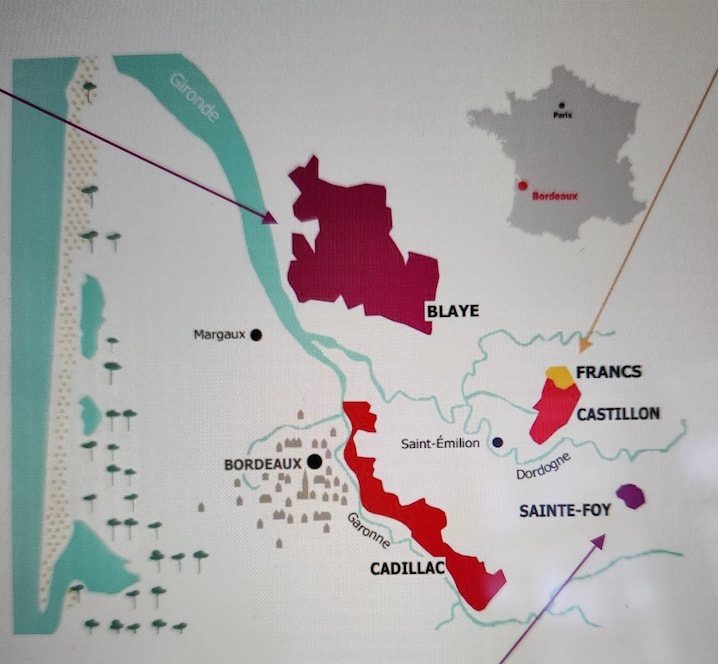
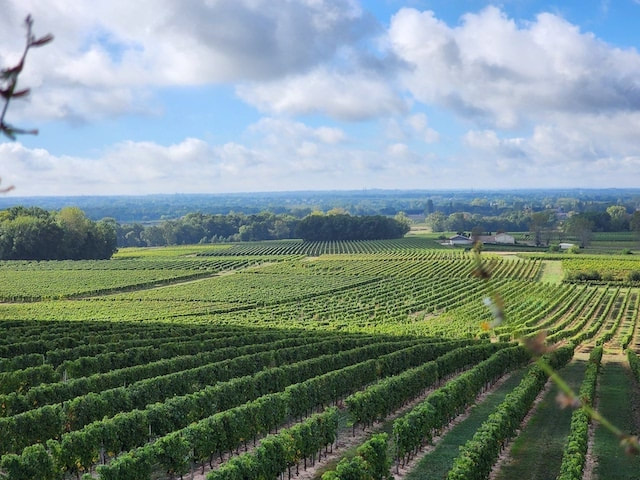
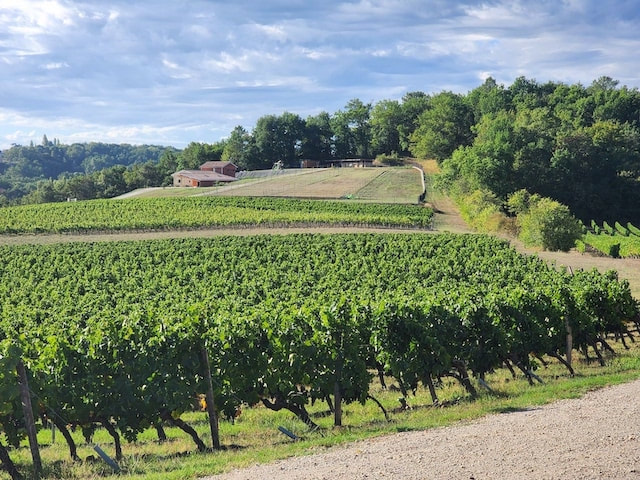
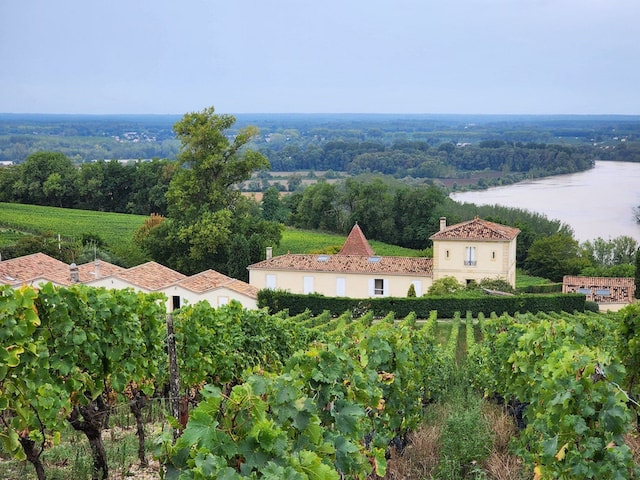
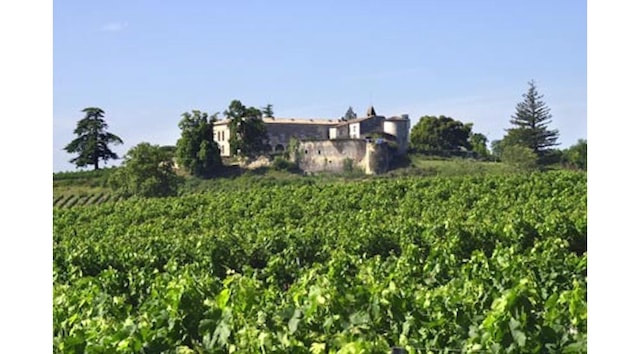
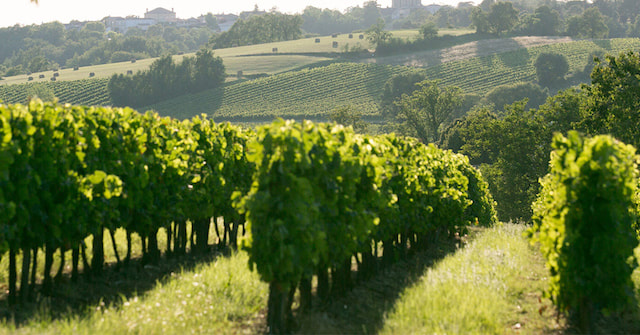
 RSS Feed
RSS Feed